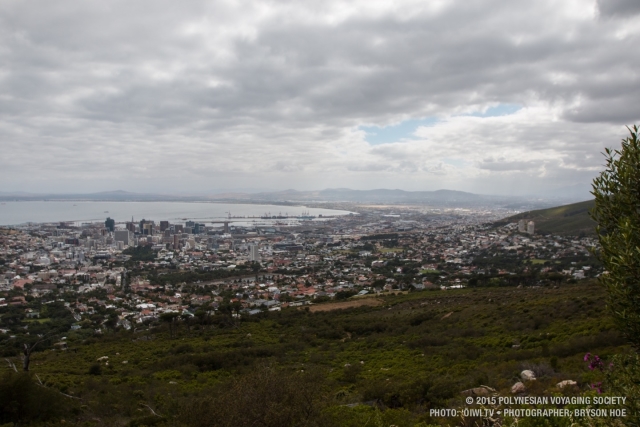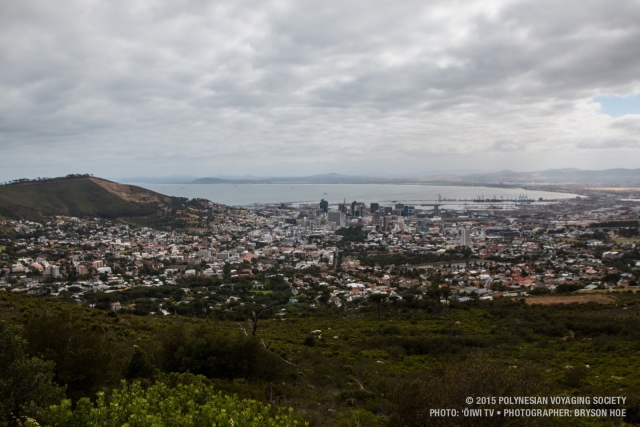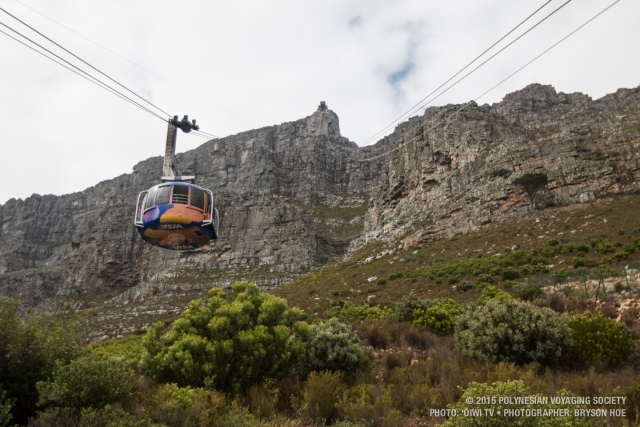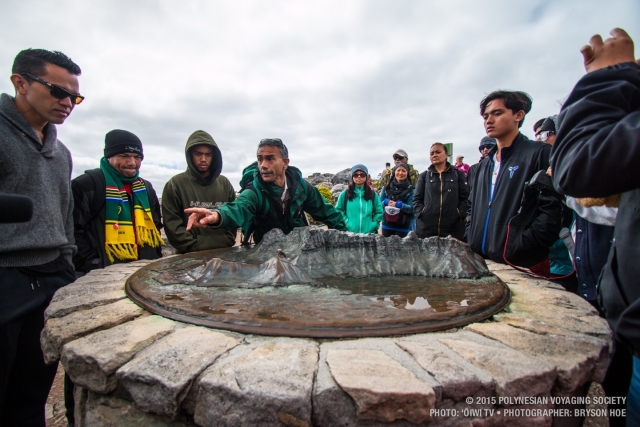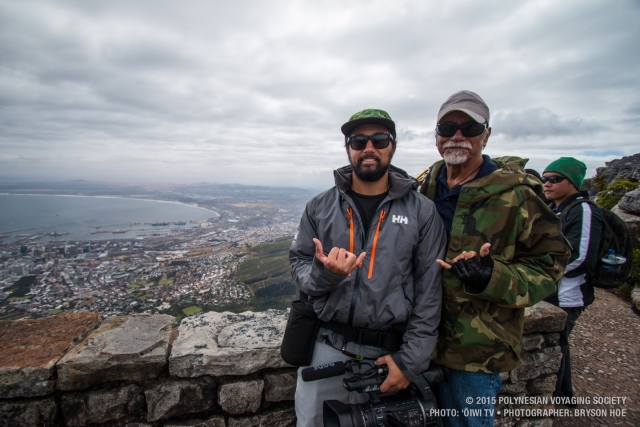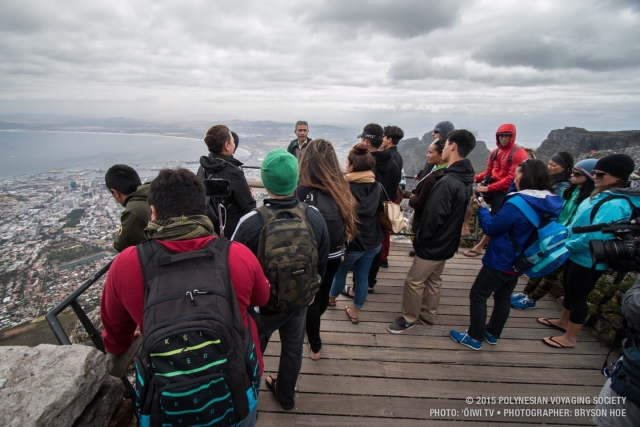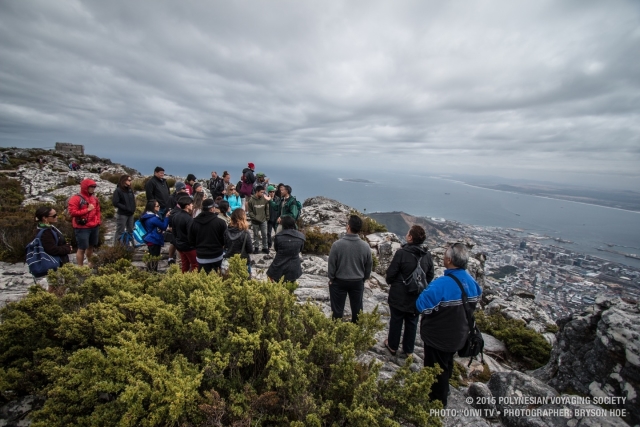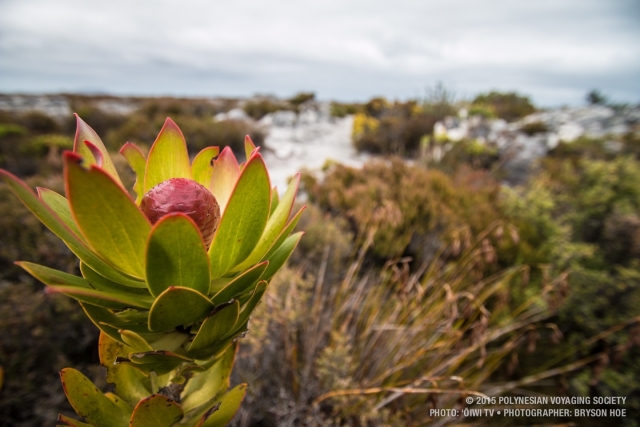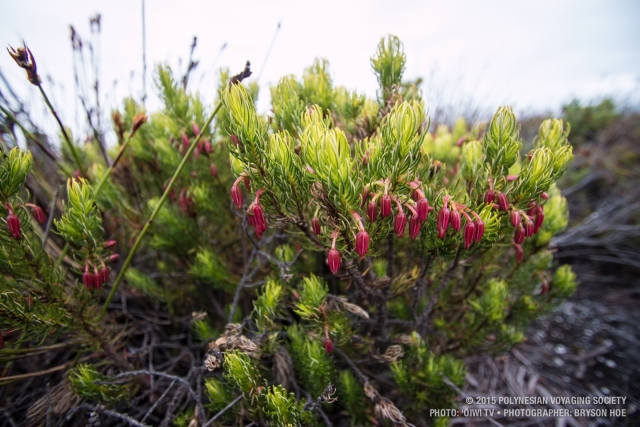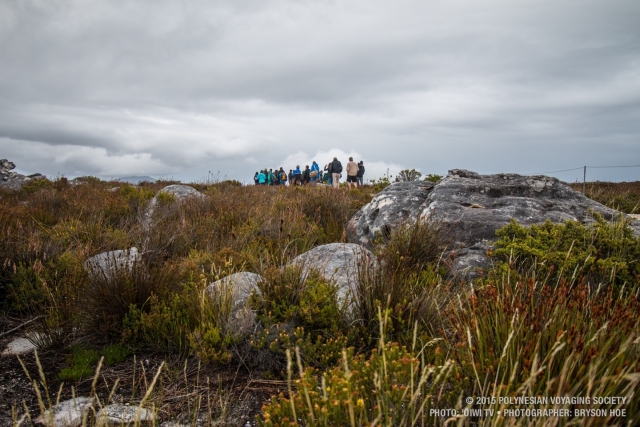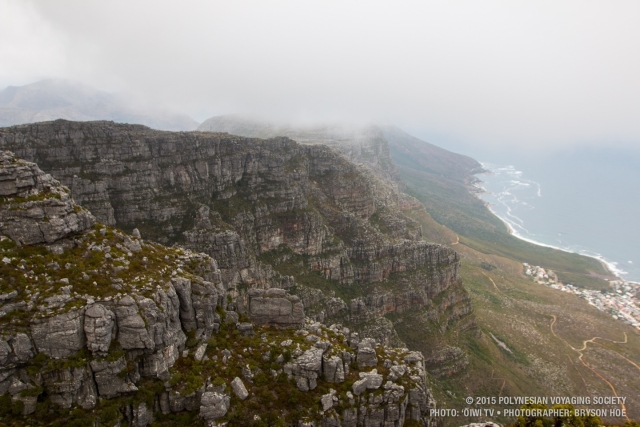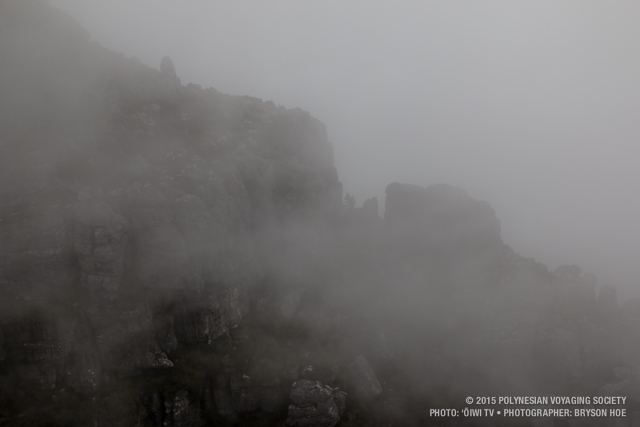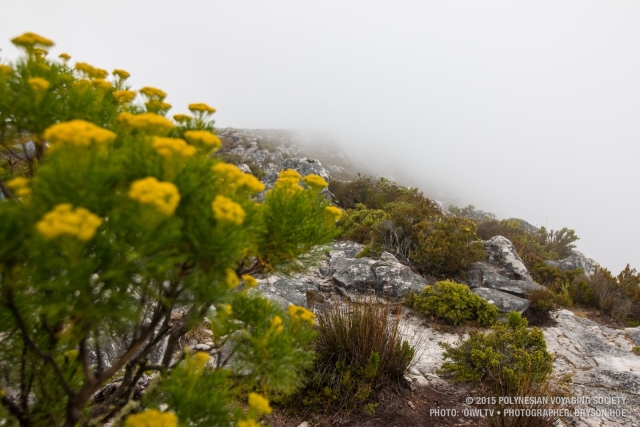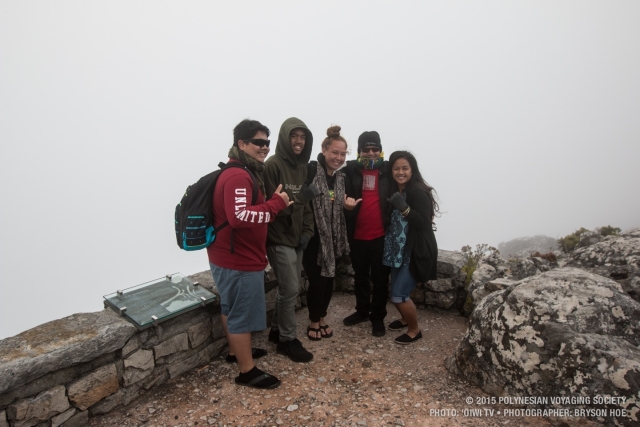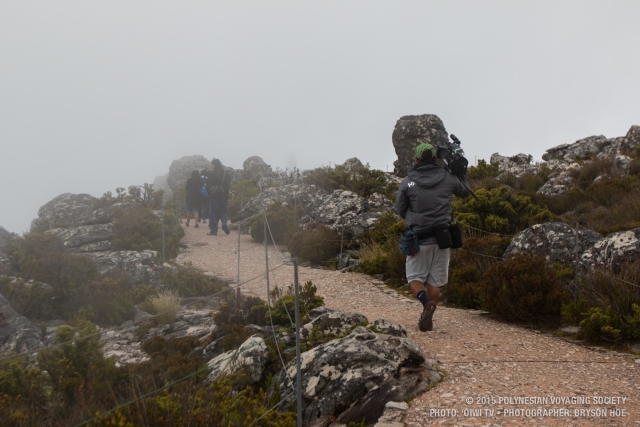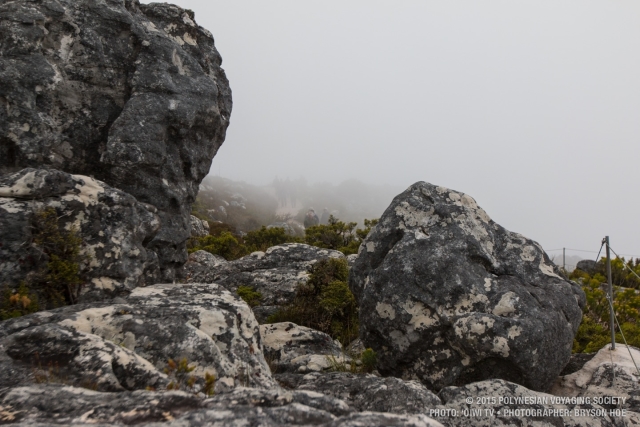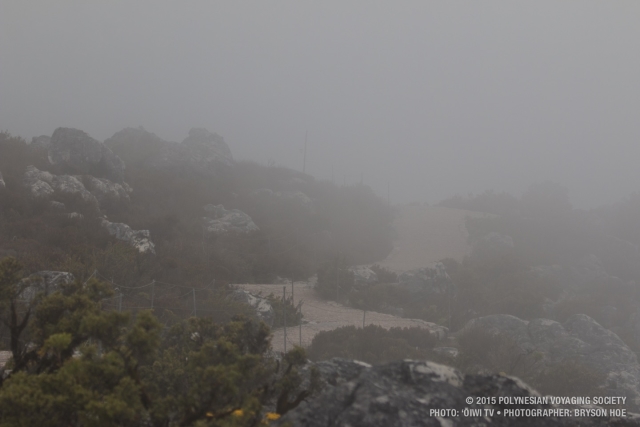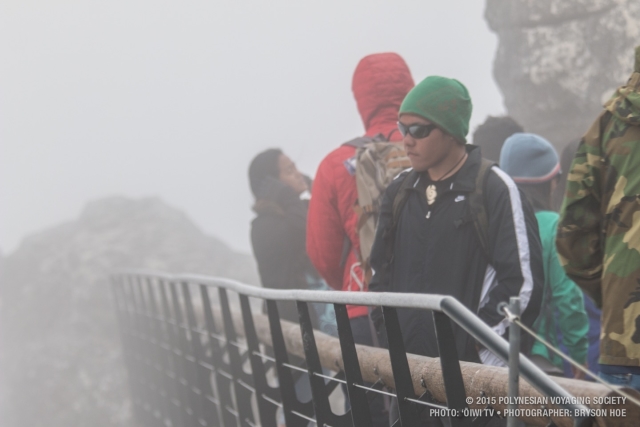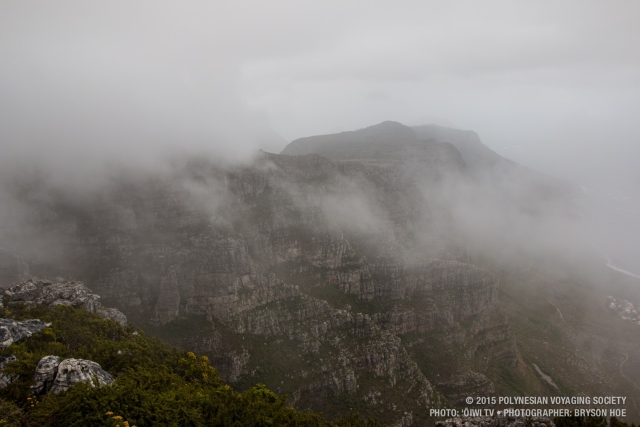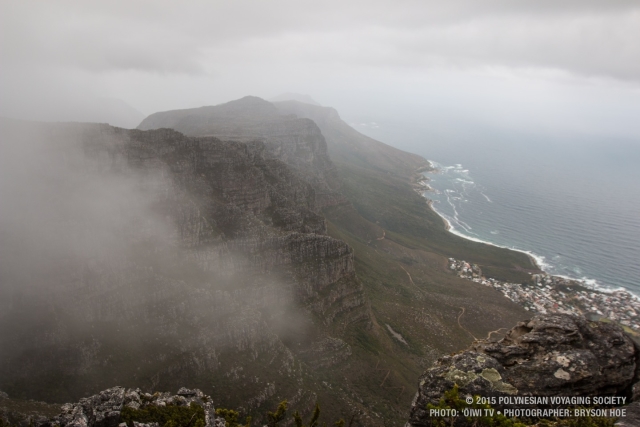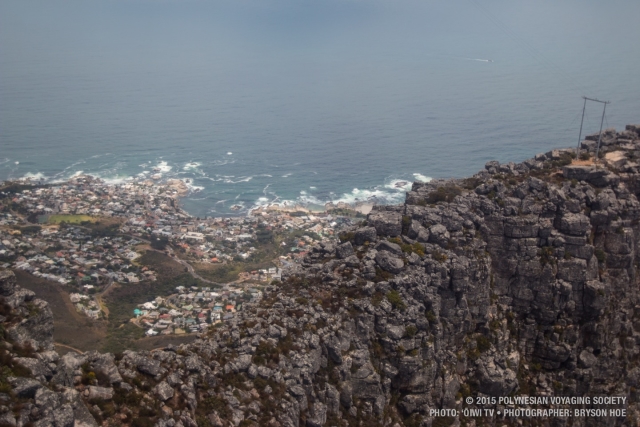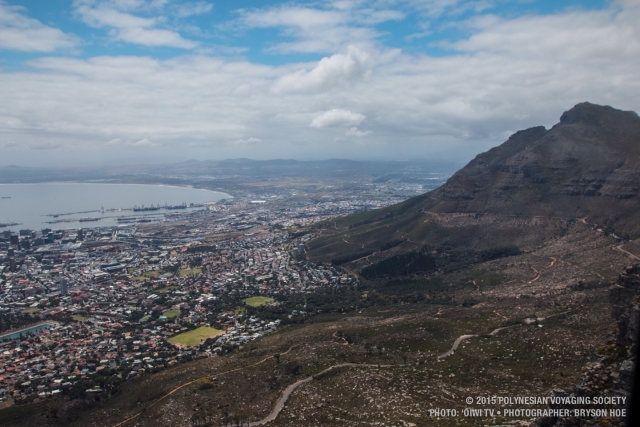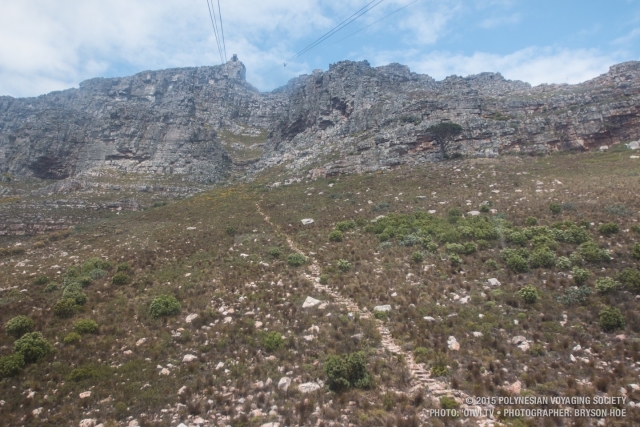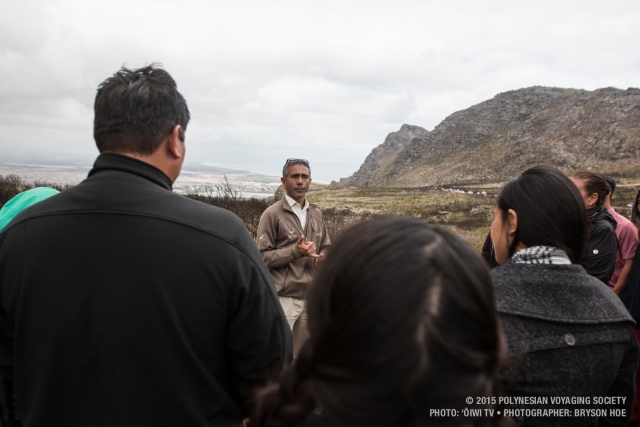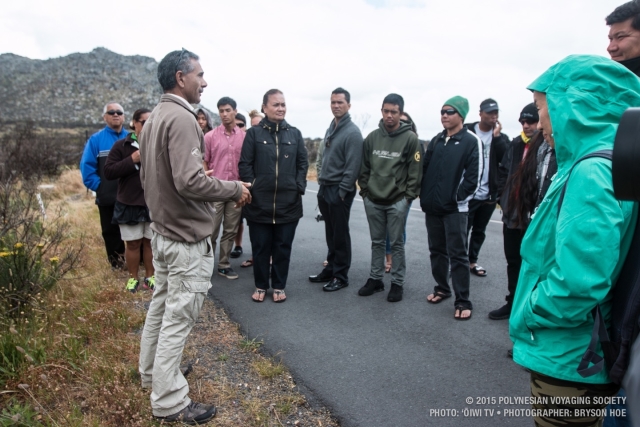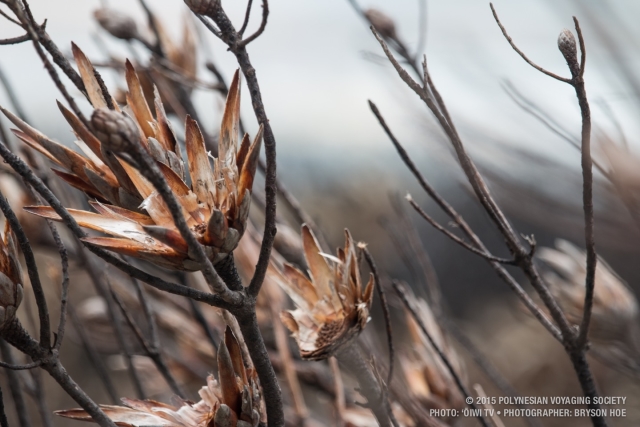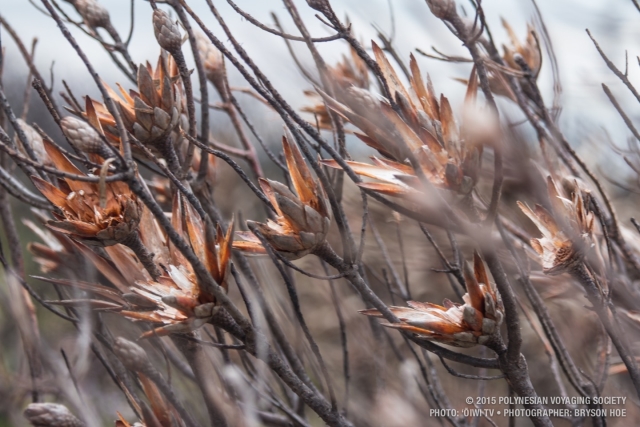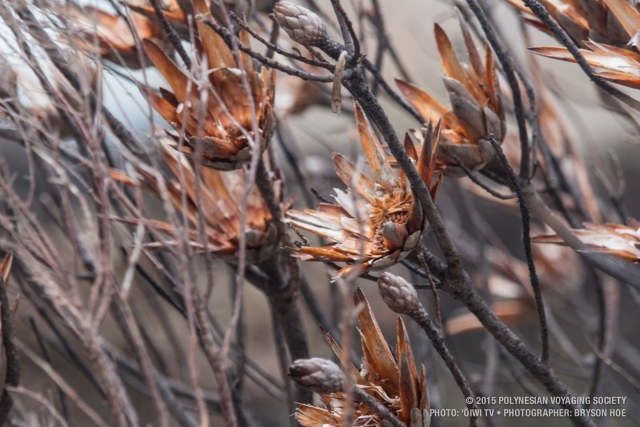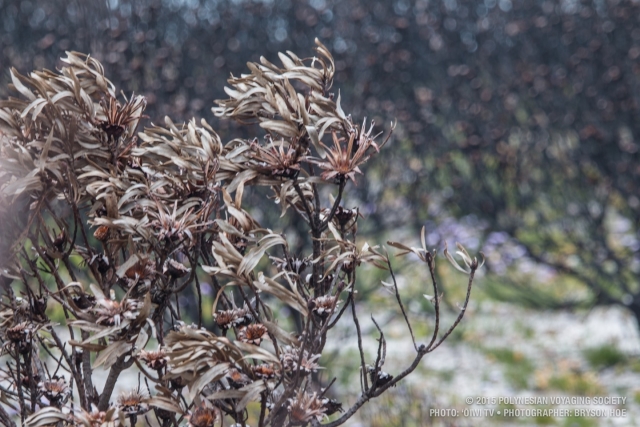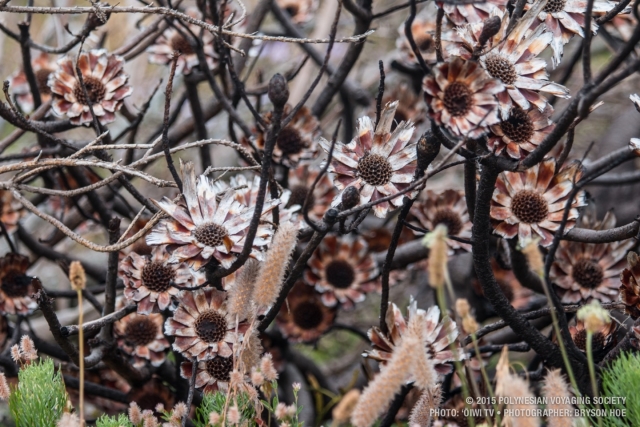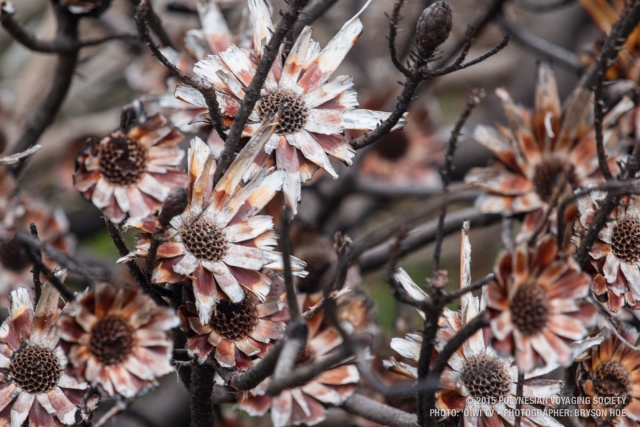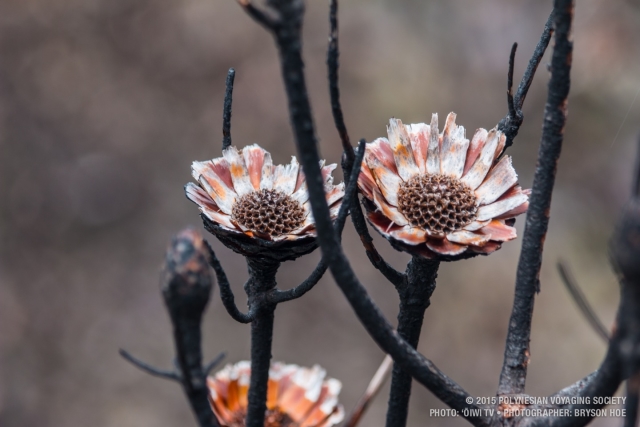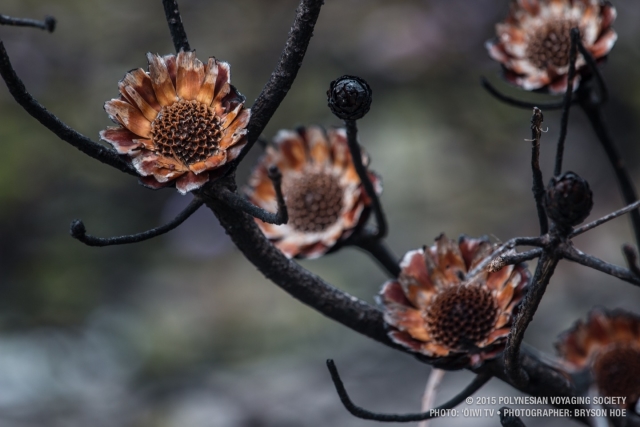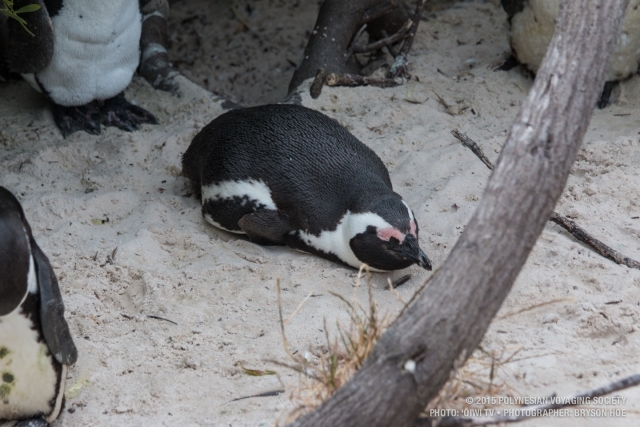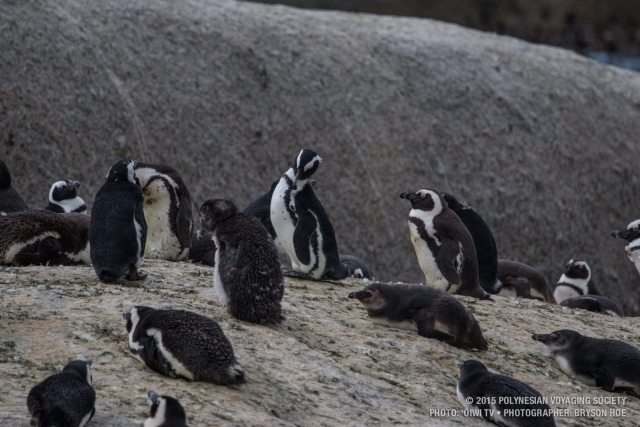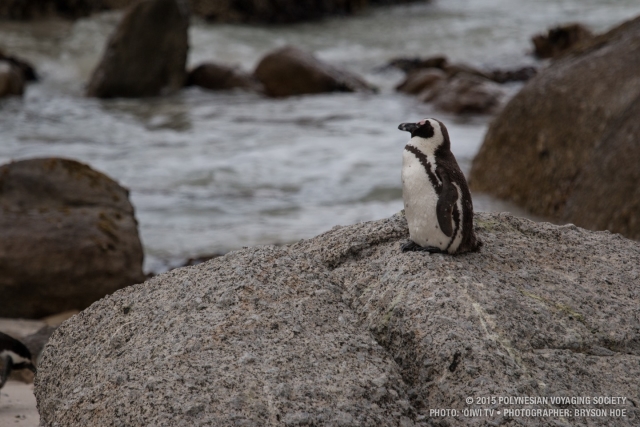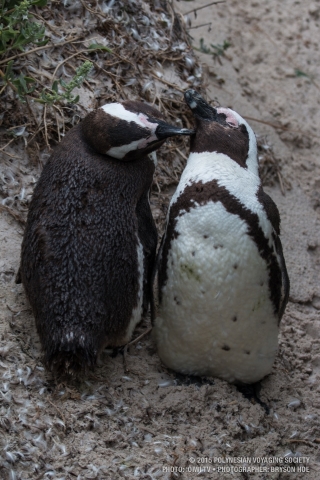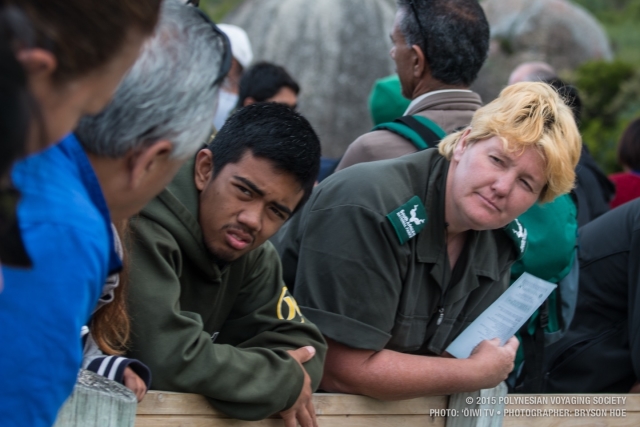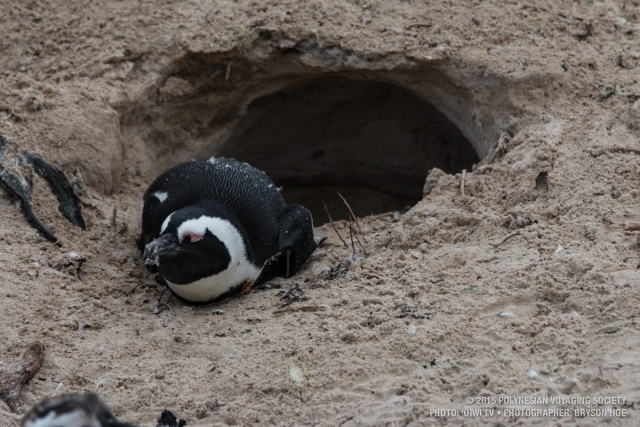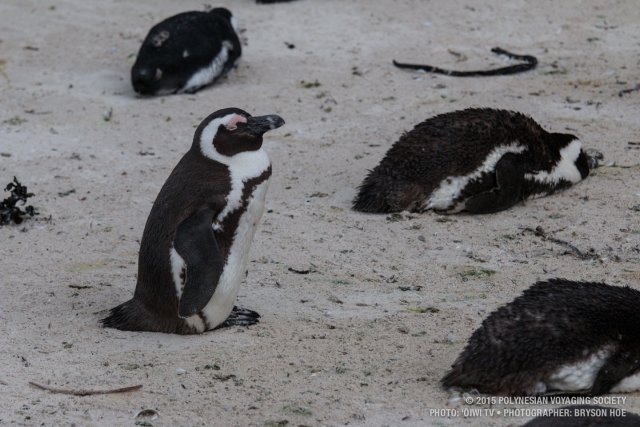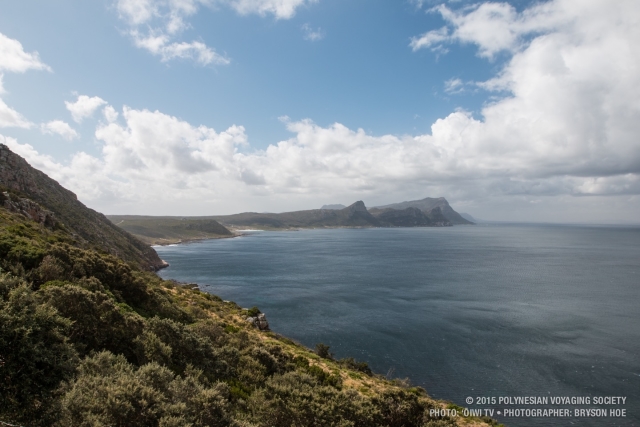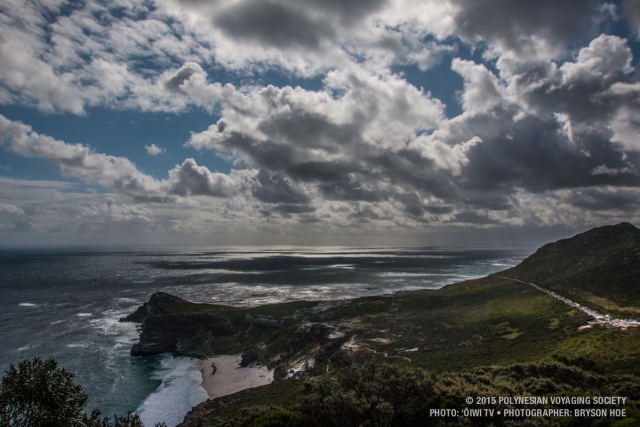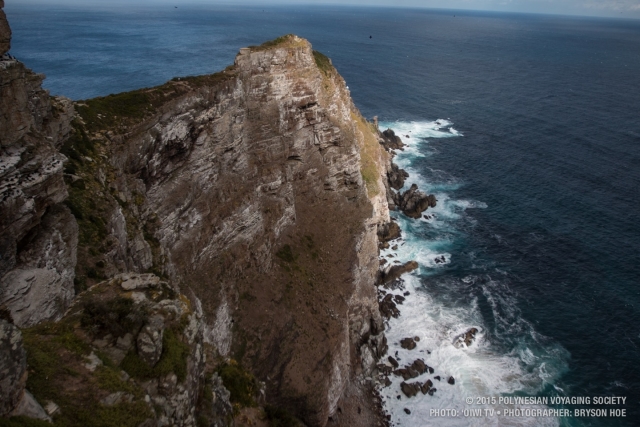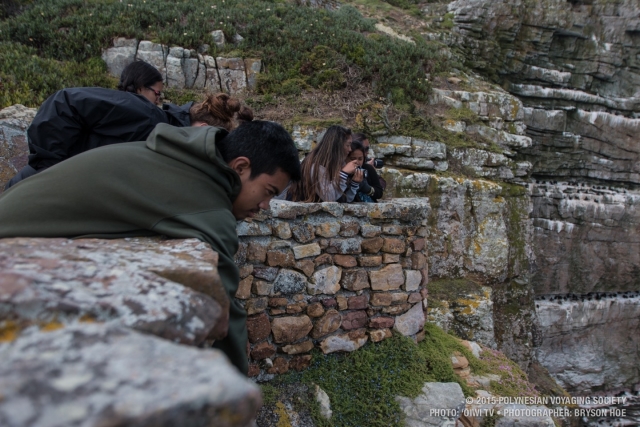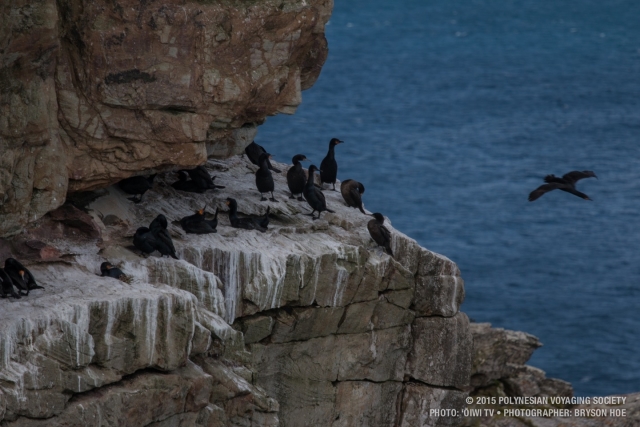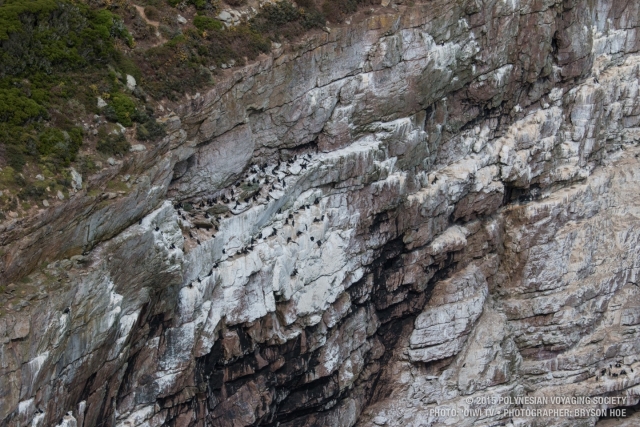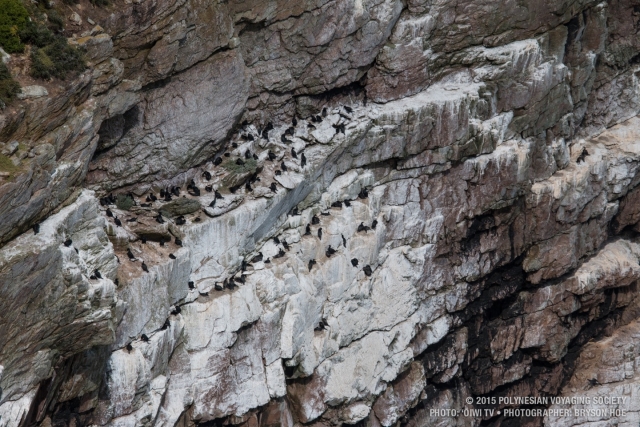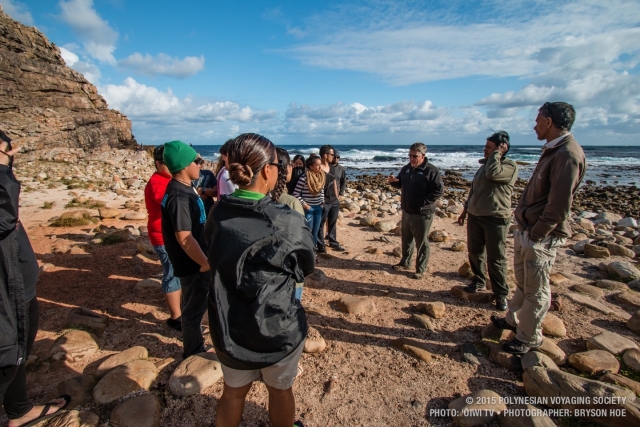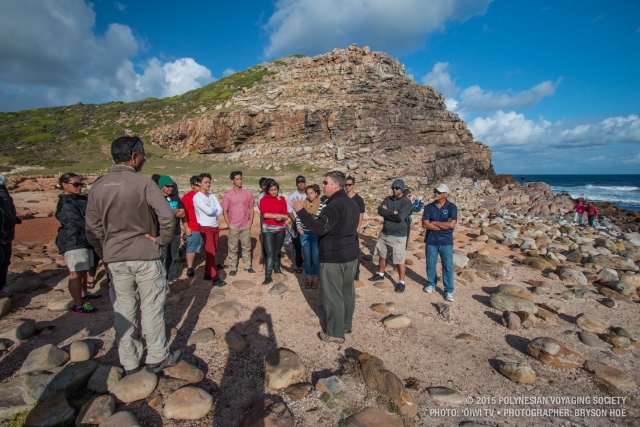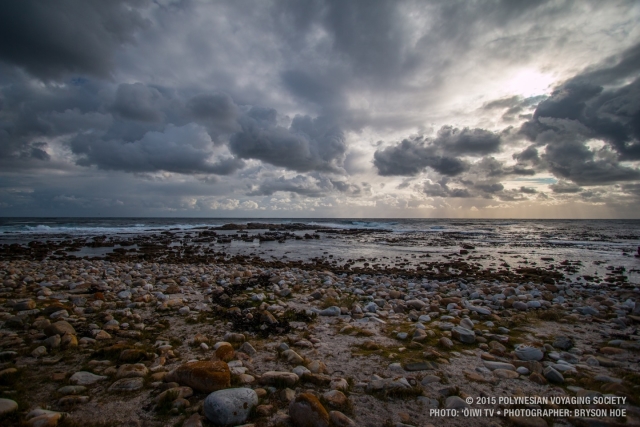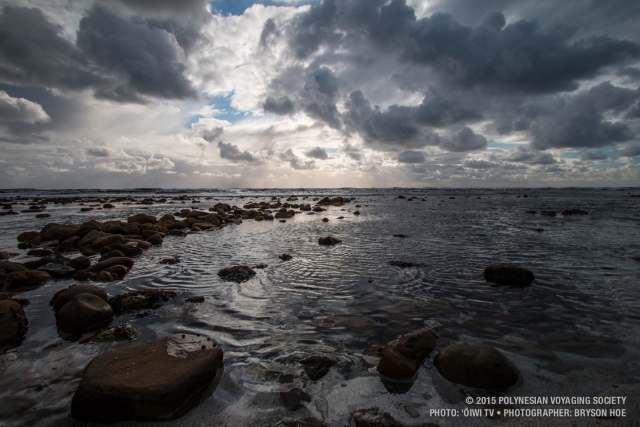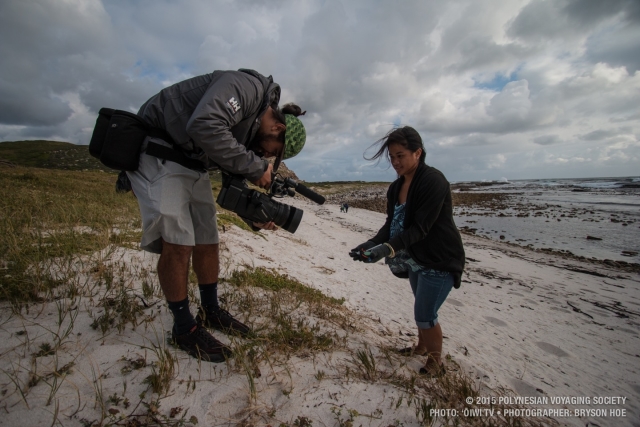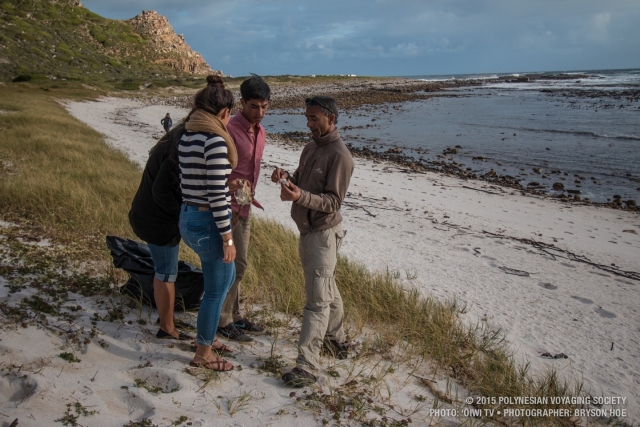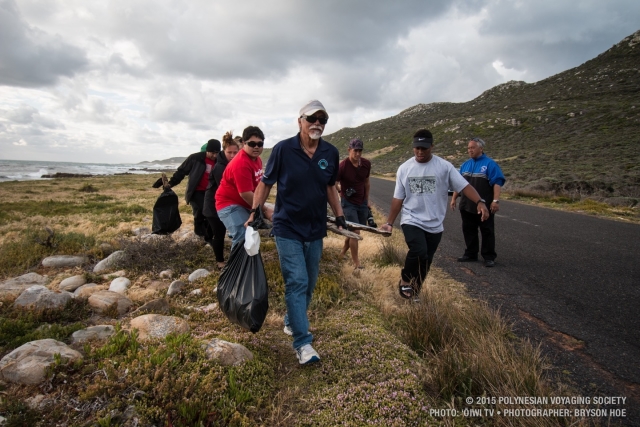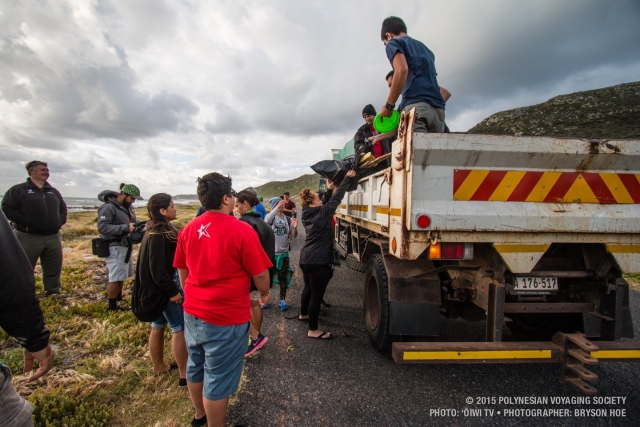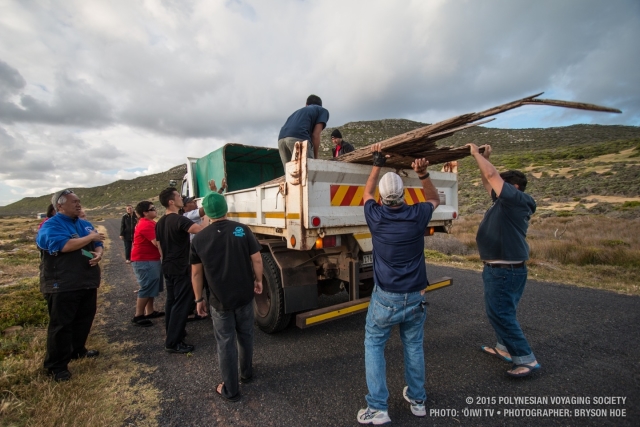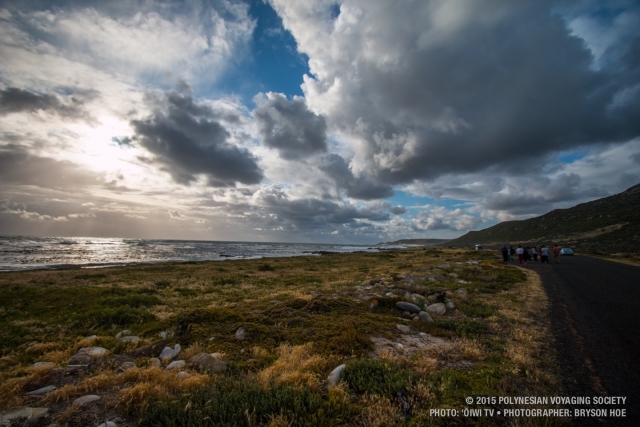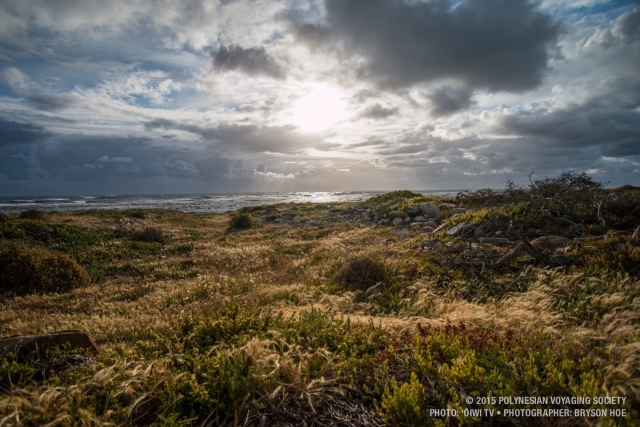
Hōkūleʻa Update | Table Mountain National Park
- Posted on 30 Nov 2015
- In Education, Newsletter, Teachers, Updates
Worldwide Voyage crewmembers and students of Ke Kā o Makaliʻi visited Table Mountain National Park near Cape Town, South Africa that included the Table Mountain, Boulders Beach, and the Cape of Good Hope. The day concluded with a beach clean up where the group collected debris along the shoreline to promote the voyage’s mission of Mālama Honua – Caring for our Island Earth.
About Table Mountain National Park:
Hoerikwaggo – “Mountain in the Sea” is the original name given to the mountain chain by the indigenous Khoisan people of the Cape, although of course, the history of the mountain dates back roughly 30,000 years, with evidence tracing as far back as the Stone Age.

The first officially recorded climb to the top of Table Mountain belongs to Portuguese Navigator, Admiral Antonio de Saldanha who in May 1503 anchored his ship in what we know as Table Bay, and climbed to the top via Platteklip Gorge. Since then, many have travelled in de Saldanha’s foot steps and the mountain has been a beacon of hope to many living beneath its glorious splendor.

Today, this iconic mountain chain and New7Wonder of Nature is known as Table Mountain National Park (TMNP) – one of 21 Parks in the South African National Parks (SANParks) stable. Established in 1998, the TMNP is surrounded entirely by a City and for this reason it is fragmented by urban development and privately owned land. This combined with the fact that it is primarily an open access Park with only four managed pay points, has resulted in it being the most visited of all National Parks receiving an annual quota of 4.2 million visits.

Prior to the establishment of the Park, a 30,000 hectare area of conservation-worthy land on the peninsula was identified as the Cape Peninsula Protected Natural Environment (CPPNE). Currently the TMNP includes 25,000 hectares of the CPPNE and it is our goal to incorporate the remaining 5 000 hectares into the Park. The TMNP’s jurisdiction also includes 1,000 square kilometers of the seas and coastline around the peninsula.
Also forming part of the TMNP is the Cape Floral Kingdom (CFK), the smallest and richest of the six floral kingdoms that occur on earth. The CFK spans the eastern and western Cape and in June 2004, was declared to be of universal significance to humanity and was inscribed as a UNESCO Natural World Heritage Site.

The site is a serial nomination and is made up of eight separate areas that are considered to be representative samples of the entire region and is managed by four different authorities namely South African National Parks (SANParks), CapeNature, the Eastern Cape Nature Conservation Board (ECNCB) and the South African Biodiversity Institute (SANBI):
- Table Mountain National Park and Kirstenbosch National Botanical Gardens, managed by SANParks and SANBI respectively. Kirstenbosch is the first and only botanical garden to be included in a Natural World Heritage Site nomination.
- Cedarburg Wilderness Area – CapeNature
- Groot Winterhoek Wilderness Area – CapeNature
- Boland Mountain Complex – CapeNature
- De Hoop Nature Reserve – CapeNature
- Bosmansbos Wilderness Area – CapeNature
- Swartberg Complex – CapeNature
- Baviaanskloof Protected Area – ECNCB
Home to an amazing 8 200 plant species – of which around 80% are fynbos, the CFK is also the only kingdom confined to one continent. The significance of this hits home when you consider that the British Isles, 3 ½ times the size, boasts less than 1,500 plant species.

Many of the plants that occur here are endemic – that means that they occur nowhere else on earth. To add to this there are around 1,406 threatened plant species, 300 of which are endangered or critically endangered and 29 plant species are already extinct. It is this combination of high diversity and levels of threat from issues like urbanization, poor fire management and alien species that makes the CFK the world’s hottest floral hotspot. .
Please help keep us sailing for future generations. All contributions make a difference for our voyage. Mahalo nui loa!
